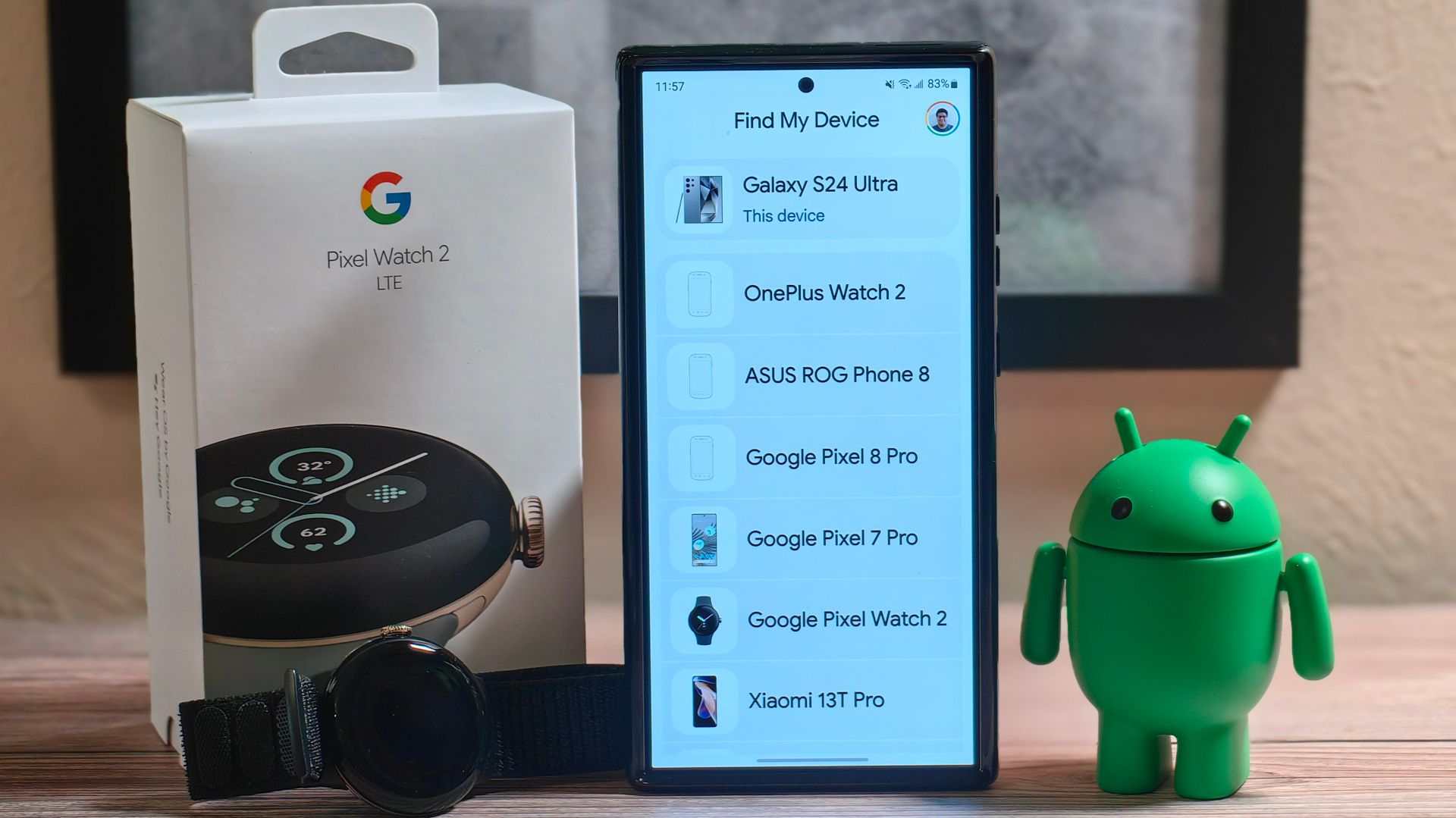Summary
- Offline finding and unwanted tracker detection seem to be almost ready for Google’s Find My Device network.
- Settings for the feature have appeared for some beta testers, but the feature is unlikely to be functional at the moment.
- Android 15 is expected to fully support the offline Find My Device feature, despite current limitations.
Google has been working on developing its Find My Device feature for quite some time. In order for it to fully function, offline Android devices need to have the ability to broadcast a signal while powered off. This means that they need a specific kind of Bluetooth controller and the hardware to support it. Despite these obstacles, it seems that the company has finally made headway in terms of Find My Device for offline use.

The only thing holding back Google’s Find My Device network now is Apple
Offline finding and unwanted tracker detection are all but ready otherwise
As spotted by Android code sleuth AssembleDebug, some of those who have access to the beta version of Google Play Services are now seeing the option to use Find My Device offline. Settings for the offline finding feature people are seeing are Off, Without network, With network in high-traffic areas only, and With network in all areas.
The source speculates that the rollout might be tied to Google Play Services beta version 24.12.14, but we’re not sure that this is the case, as the devices we’ve installed this version on did not immediately have access to this feature. An Android Police tipster has also reported seeing the new settings on Play Services version 24.10.59, so it appears to be a server-side rollout. Devices that can enable the feature will see the new option under Settings → Security & privacy → Device finders → Find My Device.
Settings are live for some, but that doesn’t mean the Find My Device network is functional
As Mishaal Rahman points out, a notification to opt in was not pushed out when the settings went live for these users. This suggests that Google is not quite ready to roll out the feature. Considering the improved Find My Device network is expected to use opted-in devices to locate and manage offline devices, the fact that the rollout is limited and an opt-in prompt hasn’t appeared means that the feature won’t be particularly useful in the near-term, if it works at all.
When Android 15 officially debuts, it’s expected to be the first release that fully supports the offline Find My Device feature. Presumably, the software will include the necessary APIs to ensure that the device’s Bluetooth hardware supports offline location services. Although the rollout of the feature may seem slow, Google hasn’t let it take a backseat. In fact, the company has supposedly been working on it since 2023, and UI support has been in development for Android.
One hang-up that Google has needed to overcome, however, is the functionality of its Find My Device network. In order for the feature to operate to the best of its ability, Google needs to find a way to keep its users safe from unwanted tracking. To this extent, the company — along with Apple — is working to develop a way to notify people of such tracking. As these details are ironed out, Find My Device in its full capacity will get closer to becoming a reality.
Thanks: Moshe




